Quick Travel Guide To Explore The Quan Cong Temple Marvel Of Vietnam
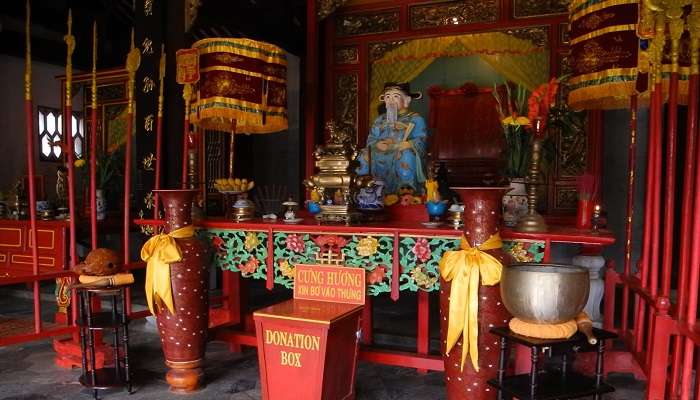
Quan Cong Temple is located in the silent town of Hoi An. It represents the rich culture and history of Vietnam. Imagine walking in the hallways of old castles, new scenes bring you patience, loyalty, and prayer, at every turn of the corner. This is not only a temple, but it is an artefact that carries the story of Vietnam. It may begin with the welcoming over the gates, invoking the historical roots of its creation and the modern harmony that is still felt. Quan Cong Temple is a popular travel site; therefore, one may be interested in knowing what makes it so exceptional. It is now appropriate that we start a wonderful journey as we walk through the history of these magnificent structures and the treasures tucked inside.
Quan Cong Temple History
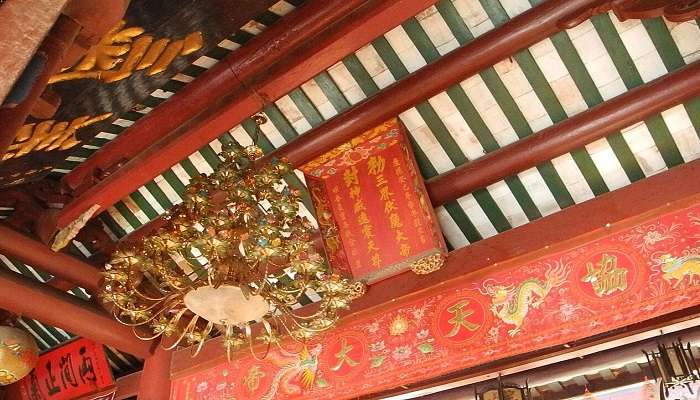
Constructed in 1653, the Quan Cong Temple honours the memory of the great general Quan Cong, known for his bravery and loyalty. Chinese immigrants built this temple as a testament to their regard for Quan Cong, revered for his loyalty, honesty, and justice. Over the centuries, it has played a significant role in the spiritual life of the local community, standing as a symbol of their enduring values and beliefs. Quan Cong Temple isn’t just a historical site; it’s a vibrant part of Hoi An’s cultural heritage, having witnessed numerous historical events and societal changes.
Must Read: Places To Visit In Vietnam
Quan Cong Temple Architecture
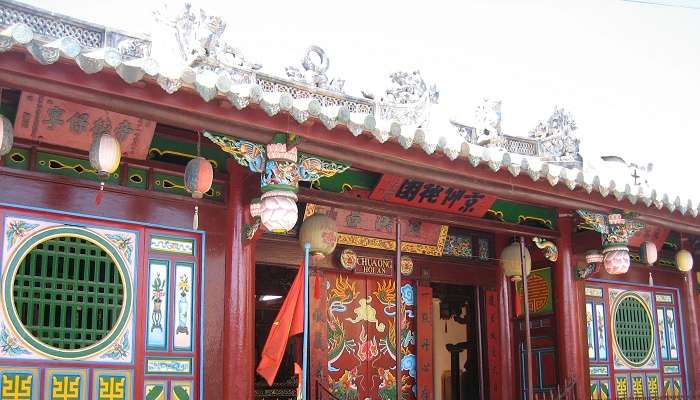
Quan Cong Temple is a structure that combines features of Chinese and traditional Vietnamese architecture. The interior walls and corridors of the temple have art pieces such as murals, statues, and wooden carvings that portray motivational and heroic themes. However, the exterior is full of bright colours and intricate carvings on the walls that make you gasp. The temple’s main hall, side halls, and courtyard are all part of its traditional Chinese architectural design.
Quan Cong Temple: Highlights
The Quan Cong temple is known for architecture, artefacts, and peace. However, the most interesting part of this visit was the brilliance of how the art of two different cultures came together to become something as beautiful as the Quan Cong temple.
1. Confucian Architecture
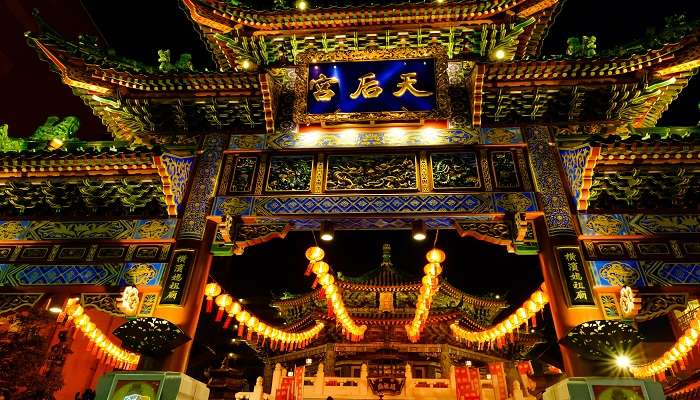
The Quan Cong Temple is also designed in the traditional Confucian style. It is well-balanced and has a balanced structure. The building is decorated with fine motifs and sculptural ornamentation, which reflects the Confucian worldview of harmony and hierarchy. In the main hall, there is a statue of Quan Cong surrounded by other gods and historical figures.
Suggested Read: Heritage Sites In Vietnam
2. Historic Artefacts
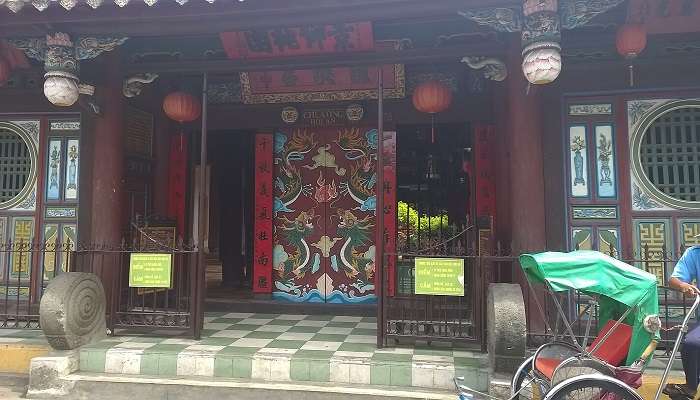
The temple, which is as old as civilization, contains many artefacts, including statues, scrolls, and other ceremonial items. Every artefact has a story of its own, and the artefacts depict the legacy of the area and its inhabitants. Quan Cong is among the artefacts that show the skills of the artisans during that period of time.
Suggested Read: Lakes In Vietnam
Quan Cong Temple: Nearby Attractions
The temple is the area’s main attraction, but if you wander further, you will see many other places worth visiting. Listed here are some such spots that you can visit on your trip here:
1. Hoi An Ancient Town (0.5 km)
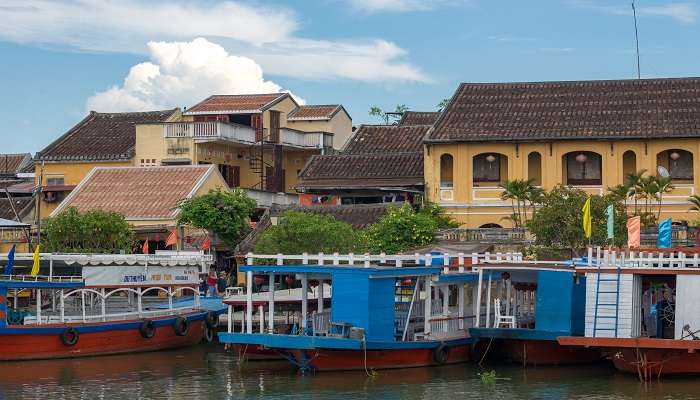
Very close to the Quan Cong Temple, Hoi An Ancient Town, there is a UNESCO World Heritage site. Wander through narrow lanes lined with ancient buildings, vibrant lanterns, and quaint cafes. This well-preserved trading port from the 15th to 19th centuries showcases a unique blend of indigenous and foreign influences. It’s a photographer’s paradise and a history buff’s dream. You can get unique frames and locations by roaming around the ancient town. Visitors also talk about how the town takes them back in time and mesmerises them with its beauty.
2. Japanese Bridge (0.7 km)
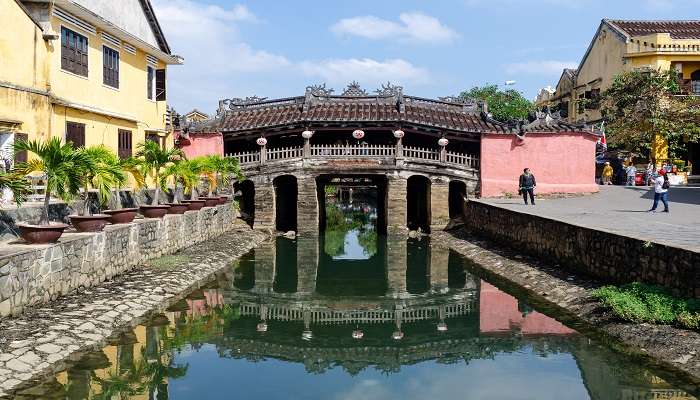
This iconic bridge, built in the 18th century, symbolises Hoi An’s rich cultural heritage. This bridge is a must-visit site because of its elegance and the fact that it has a historical background. From Quan Cong Temple, it will take only 10 minutes to walk to this place. The bridge is situated over the river, and it links Tran Phu Street to Nguyen Thi Minh Khai Street. On a metaphorical level, it connects the Chinese and Japanese people as a sign that they have each other’s respect and history. You can find this bridge in the west end of Tran Phu Street in the town of Hoi An.
Suggested Read: Landmarks In Vietnam
3. Assembly Hall in Fujian (0.6 km)
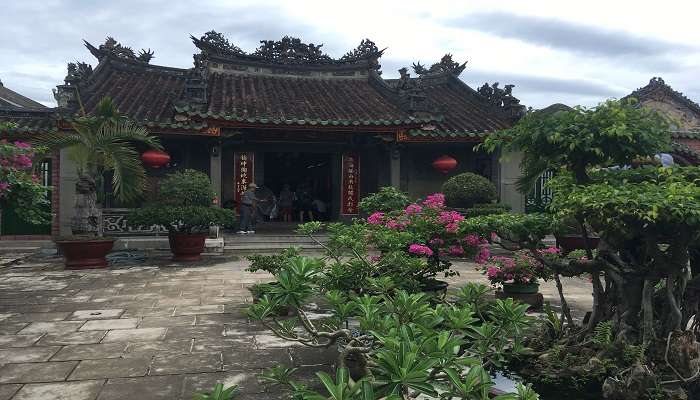
A short stroll from Quan Cong Temple is the magnificent Fujian Assembly Hall, which displays the traditional architectural style of the Fujian Chinese community. It was built in 1690 to serve as a meeting and praying place for Chinese immigrants from the province of Fujian. It provides a unique glimpse into the traditional Chinese culture as it has elaborate carvings and shrines for worship. For quite some time, the Fujian Assembly Hall has been utilised for prayer to the Chinese sea goddess, Mazu.
4. Hoi An Night Market (1 km)
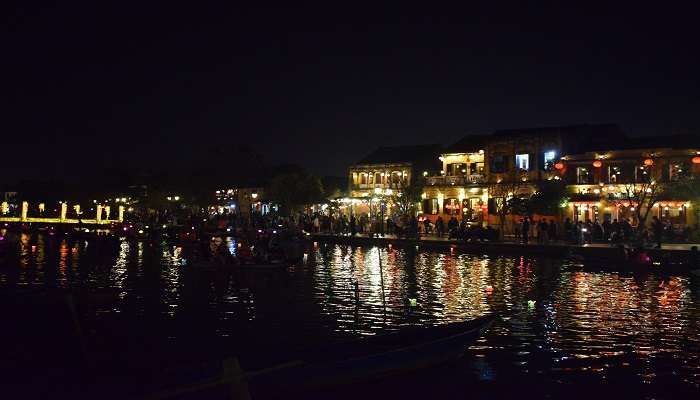
At night, the Hoi An Night Market turns into a lively place, filled with people. From savoury food vendors to handmade souvenirs, it is the ideal location to enjoy the local atmosphere. Sample some of the most popular local foods, such as the BBQ Bun Chai and the warm soup known as Pho. Just a quick 15-minute walk from the temple. The market offers a plethora of local delicacies, handmade crafts, and souvenirs, providing a sensory overload of sights, sounds, and flavours. Do not miss out on the local and artisanal offerings of the Hoi An night market.
Suggested Read: Places To Visit In Hoi An
5. A Bang Beach (5 km)
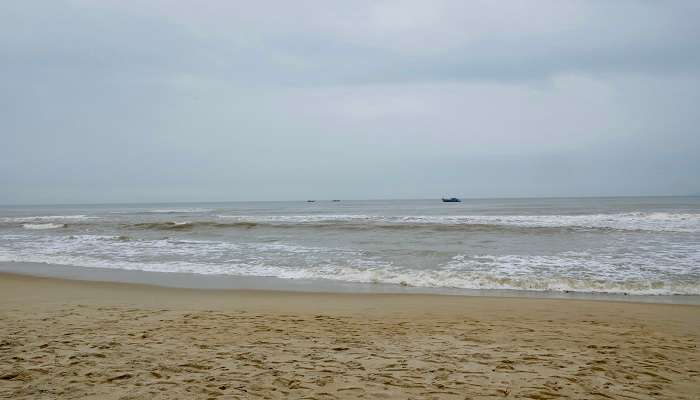
Visit An Bang Beach for some sand and sun. Quan Cong Temple is a 15-minute drive from this beach, ideal for a leisurely day by the water. Beaches have always been a large tourist attraction for travellers from the west. Enjoy your favourite seafood while listening to the sound of the waves at the beachside shacks on this beautiful beach. If you are searching for a place where you can lie down and get a good tan, then An Bang Beach should not be missed. It is popular among the locals and tourists due to its clean waters and laid-back setting.
Directions To The Quan Cong Temple
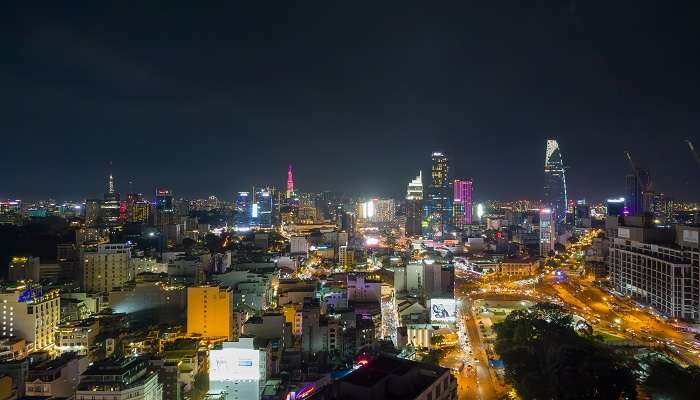
When you have decided to reach to this stunning place, choose the multiple modes of transport and make the booking. Here are the top ways that you can use to reach the Quan Cong Temple.
By Air
Hoi An is roughly 30 kilometres away from Da Nang International Airport. From there, it will take approximately forty-five minutes by taxi or shuttle bus to reach the central part of Hoi An. Many airlines provide daily and/or multiple weekly flights to Da Nang from other major Asian cities.
By Road
Hoi An has good road network connectivity, which allows it to be well-connected to other parts of the country. For those who are arriving from Da Nang or other nearby cities, it will be wise to hire a car or motorbike to drive through the beautiful routes to the location of the Quan Cong temple. The use of public transport between the two cities is affordable due to the availability of daily shuttle services between Da Nang and Hoi An.
By Rail
The train stations closest to us are in Da Nang. After you arrive, take a taxi or bus to Hoi An, which is 30 kilometres away. A fantastic way to see more of Vietnam’s countryside is to take the train. Major cities like Hanoi and Ho Chi Minh City have regular train services to Da Nang.
Suggested Read: Hai Van Pass in Vietnam
Quan Cong Temple Location & Best Time to Visit

Quan Cong Temple is located at 24 Tran Phu Street, Cam Chau Ward, Hoi An City, Quang Nam Province. To avoid the rush, the best time to visit the temple is early morning before noon or late evening after 4 PM. Also, the weather is pleasant during these hours, making it convenient to explore the temple without any hassles.
Advice For Travelers Visiting Quan Cong Temple
- Wear modest clothing.
- Always honour the traditions and culture of the region you are visiting.
- Do not touch anything that is religious within the temple.
- Do not forget to bring a camera because the views are breathtaking.
- Come during celebrations to be assured of a good time.
Further Read: Places To Visit In Vietnam With Family
In the middle of the quiet city of Hoi An, Quan Cong Temple stands as a unique culmination of culture, history, and architectural beauty. This temple is an experience waiting for you. So pack your bags and plan a trip to Vietnam today! Allow the captivating legends of Quan Cong Temple and the energetic city of Hoi An to take you over.
For our editorial codes of conduct and copyright disclaimer, please click here.
Cover Image Credit: Franzfoto for Wikimedia Commons
Frequently Asked Questions About Quan Cong Temple
Which is the most ideal time of year for visiting Quan Cong Temple?
The best possible time for you to visit the Quan Cong temple is from December to February when the temperature is in the perfect range of 20-25 C.
Is Quan Cong Temple entry charged?
Although entry to the temple is free, donations are accepted. One can freely move into the temple and seek the blessings of lord buddha.
Are tours available with guides?
Indeed, guided tours are offered and can offer more in-depth explanations of the background and significance of the temple.
Is taking pictures allowed inside Quan Cong Temple?
During ceremonies, photography is permitted, but please remember to show respect and refrain from using flash. You can take pictures outside the temple hall and capture the memories.
What attire is appropriate for a visit to Quan Cong Temple?
In order to honour the holy status of the temple, dress modestly, covering your knees and shoulders. You can wear anything of your choice and show respect.
People Also Read:
Baphuon Temple Kapaleeswarar Temple Vellayani Devi Temple

Unveil the hidden treasures of the globe and turn every travel dream into reality. As a Content Writer, I am passionate enough to craft stories from ancient wonders to modern marvels. My words paint the picture-perfect itinerary for unforgettable experiences. Let my words be your trusted guide to immerse in the diverse culture and discover the beauty of the unknown.











